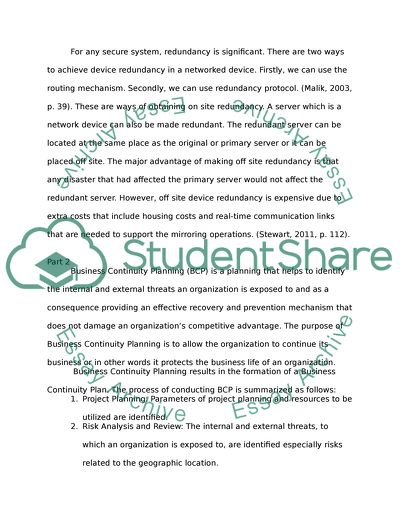Cite this document
(“Network Security Essay Example | Topics and Well Written Essays - 1250 words”, n.d.)
Retrieved de https://studentshare.org/information-technology/1390175-network-security
Retrieved de https://studentshare.org/information-technology/1390175-network-security
(Network Security Essay Example | Topics and Well Written Essays - 1250 Words)
https://studentshare.org/information-technology/1390175-network-security.
https://studentshare.org/information-technology/1390175-network-security.
“Network Security Essay Example | Topics and Well Written Essays - 1250 Words”, n.d. https://studentshare.org/information-technology/1390175-network-security.


